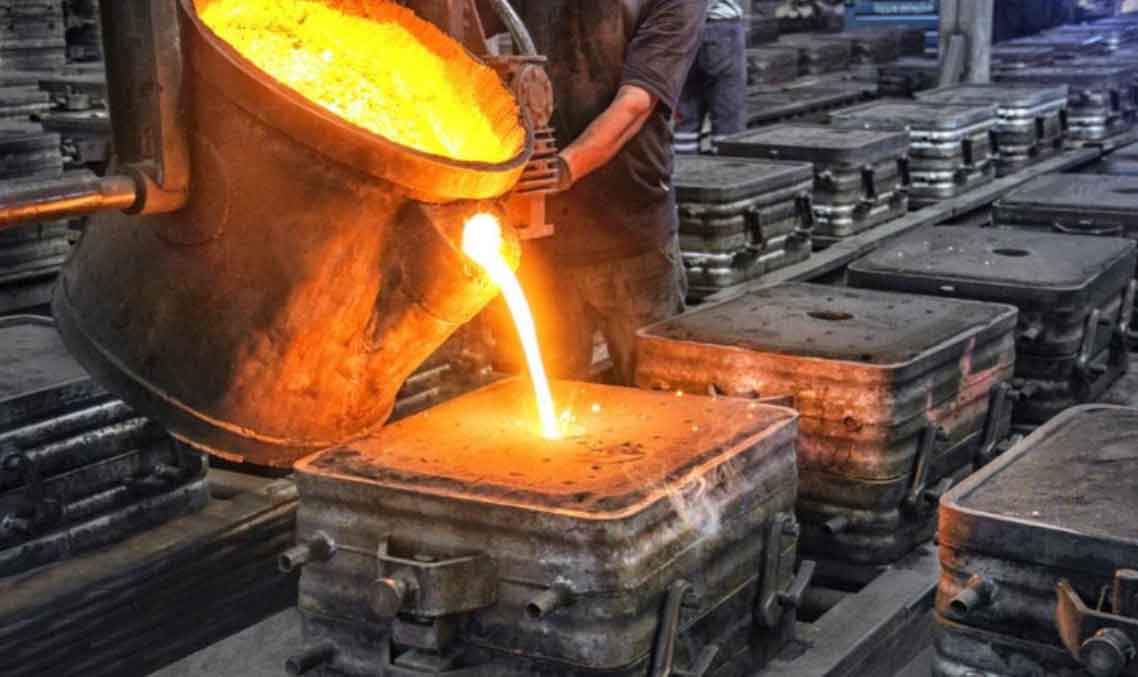
Automation and robotics play a significant role in modern sand casting manufacturing, revolutionizing the industry by improving efficiency, precision, and safety. These technologies have transformed various aspects of the casting process, from pattern making to finishing, leading to increased productivity and enhanced overall performance. Here’s an overview of the key roles of automation and robotics in modern sand casting manufacturing:
1. Automated Pattern Making:
- Automation has been integrated into pattern making processes through the use of Computer Numerical Control (CNC) machines and 3D printing. These technologies can quickly produce intricate and complex patterns with high precision, reducing lead times and enabling rapid prototyping.
2. Robotic Molding:
- Robotic systems are used for sand molding operations, where the robots handle the sand molds and cores with speed and accuracy. This automation enhances consistency and reduces manual labor, leading to improved productivity.
3. Gating and Riser Placement:
- Automation is employed in the design and placement of gating systems and risers using casting simulation software. Automated systems optimize the gating and riser positions for improved casting quality and reduced defects.
4. Automated Pouring and Metal Delivery:
- Automated pouring systems precisely control the metal delivery into the molds, ensuring uniformity and reducing the risk of human errors. These systems contribute to consistent castings and minimize metal wastage.
5. Robotic Deflashing and Finishing:
- Robotic systems are used for the deflashing and finishing processes, efficiently removing excess material and achieving a consistent surface finish. This automation improves the quality of the final castings while reducing manual labor and human intervention.
6. Quality Inspection with AI and Machine Vision:
- Automation and robotics are integrated with artificial intelligence (AI) and machine vision technologies for quality inspection. Automated systems can identify defects, measure dimensions, and ensure casting conformity, leading to better quality control.
7. Material Handling and Transportation:
- Robots are employed for material handling and transportation of heavy molds and castings, reducing the risk of injuries to workers and improving overall plant safety.
8. Data Analytics and Process Optimization:
- Automation facilitates real-time data collection and analysis, enabling process optimization and proactive problem-solving. Data analytics help manufacturers identify trends, potential defects, and areas for improvement.
9. Energy Efficiency and Sustainability:
- Automation can be utilized to optimize energy usage, reducing the environmental impact of sand casting manufacturing. By minimizing material waste and optimizing process parameters, automation contributes to a more sustainable operation.
10. High-Volume Production:
- Automation and robotics enable high-volume production, allowing sand casting manufacturers to meet large-scale demands efficiently and cost-effectively.
The integration of automation and robotics in modern sand casting manufacturing has led to improved productivity, enhanced product quality, and reduced production costs. These technologies continue to evolve, and their increasing adoption is reshaping the industry, making it more competitive and better positioned to meet the demands of today’s global market.
